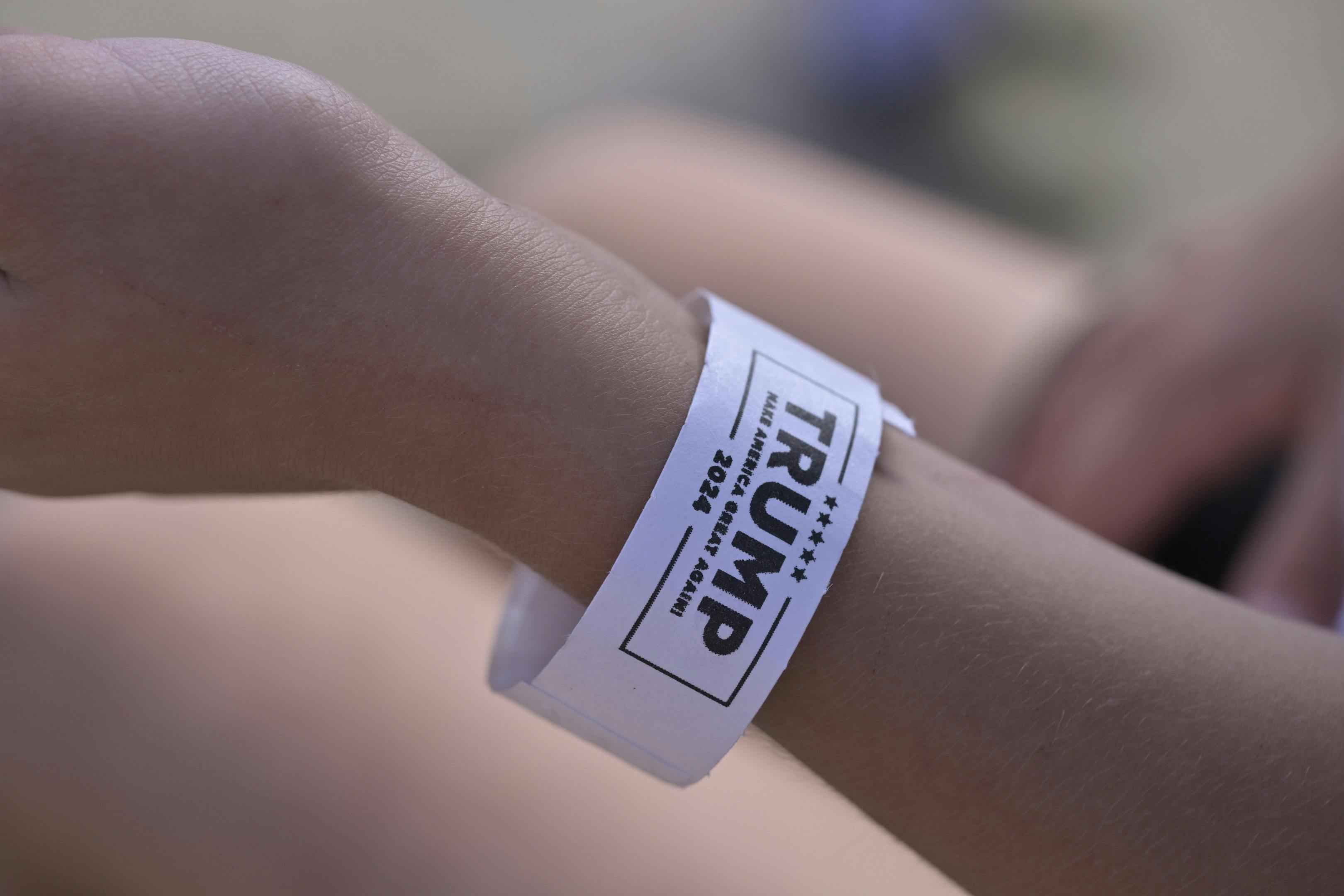Trump Era Markets: Short-Term Gains, Long-Term Risks?

As Donald Trump assumes the presidency, investor optimism is running high. His promises of deregulation and tax cuts, coupled with a strong economy inherited from President Joe Biden, have fueled market enthusiasm. These short-term drivers are propelling equities to new heights, but the euphoria masks underlying risks. Historical trends and economic vulnerabilities suggest that while the markets may enjoy a temporary boost, long-term challenges, including a potential recession and market correction, loom on the horizon.
Short-Term Drivers of Market Optimism
Trump’s economic policies are a key factor behind the current market rally. Plans for widespread deregulation aim to reduce burdens on industries ranging from energy to finance, boosting corporate profitability. Additionally, proposed tax cuts are expected to provide businesses with more capital for growth and investments.
The economic foundation Trump inherits from Biden further supports investor confidence. Real income growth is positive, indicating a healthy labor market and rising consumer spending. Productivity improvements and an anticipated recovery in global manufacturing are also bolstering the outlook. Meanwhile, recent Federal Reserve rate cuts are increasing liquidity, creating a favorable environment for equities. Together, these factors have sparked a surge in market activity, with optimism dominating headlines.
Historical Context: Overdue for a Recession
While the current market environment appears robust, historical patterns suggest caution. The US economy operates in cycles, and prolonged expansions are often followed by recessions. The current expansion, already one of the longest in history, raises questions about how much longer it can last.
Indicators of potential vulnerability are beginning to emerge. Tight labor markets could lead to inflationary pressures, prompting the Federal Reserve to reverse its accommodative stance. Asset prices are also climbing to elevated levels, with many analysts warning of overvaluations in equities and other markets. These factors suggest the possibility of a downturn, even as optimism prevails.
Risk Factors in Trump’s Economic Approach
Trump’s economic policies, while stimulating short-term growth, carry significant risks. Deregulation, a cornerstone of his platform, may lead to unintended consequences. Reduced oversight in critical sectors could create conditions for market volatility and instability. For instance, loosening financial regulations might increase systemic risks, while rolling back environmental standards could expose industries to long-term costs.
Tax cuts, another pillar of Trump’s agenda, could widen budget deficits. While these cuts may boost corporate profits in the short term, they reduce the government’s ability to respond to future economic downturns. Additionally, Trump’s unpredictable trade policies and geopolitical decisions could disrupt global supply chains, undermining the expected recovery in manufacturing and creating new headwinds for economic growth.
Long-Term Concerns: Market Correction and Recession
The markets are also grappling with the likelihood of a correction. As equity valuations climb, the risk of a sharp decline increases. Overvaluation can lead to sudden shifts in investor sentiment, resulting in significant losses. Such corrections are often exacerbated by behavioral dynamics, as fear replaces optimism.
Recession risks are another critical concern. Structural vulnerabilities, such as high corporate debt levels and reliance on consumer spending, make the economy susceptible to shocks. Global economic shifts or domestic disruptions could trigger a downturn, amplifying the challenges of sustaining long-term growth.
Balancing Optimism and Caution
Despite these risks, there are reasons to believe that growth could continue under Trump. The strong economic indicators inherited from Biden, including real income growth and productivity gains, provide a solid foundation. Advances in technology and innovation may also contribute to sustained economic expansion.
However, investors should remain cautious. Prudent strategies, such as diversification and a focus on fundamentals, are essential for navigating potential volatility. By balancing optimism with preparedness, market participants can mitigate risks while capitalizing on opportunities.
Conclusion
Donald Trump’s economic policies, combined with the strong foundation built by Joe Biden, are driving short-term market gains. Deregulation and tax cuts have created a favorable environment for growth, but historical trends and economic vulnerabilities cannot be ignored. The US is overdue for a recession and a market correction, and Trump’s approach may amplify these risks.
As investors navigate this uncertain landscape, the key question remains: Will Trump’s policies sustain growth over the long term, or will they set the stage for the next major economic downturn? Only time will tell, but the stakes for the US economy and global markets could not be higher.
Author: Ricardo Goulart
The Penny Drops: Understanding The Complex World Of Small Stock Machinations
Micro-cap stocks, often overlooked by mainstream investors, have recently garnered significant attention due to rising c... Read more
Current Economic Indicators And Consumer Behavior
Consumer spending is a crucial driver of economic growth, accounting for a significant portion of the US GDP. Recently, ... Read more
Skepticism Surrounds Trump's Dollar Devaluation Proposal
Investors and analysts remain skeptical of former President Trump's dollar devaluation plan, citing tax cuts and tariffs... Read more
Financial Markets In Flux After Biden's Exit From Presidential Race
Re-evaluation of ‘Trump trades’ leads to market volatility and strategic shifts.The unexpected withdrawal of Joe Bid... Read more
British Pound Poised For Continued Gains As Wall Street Banks Increase Bets
The British pound is poised for continued gains, with Wall Street banks increasing their bets on sterling's strength. Th... Read more
China's PBoC Cuts Short-Term Rates To Stimulate Economy
In a move to support economic growth, the People's Bank of China (PBoC) has cut its main short-term policy rate for the ... Read more

